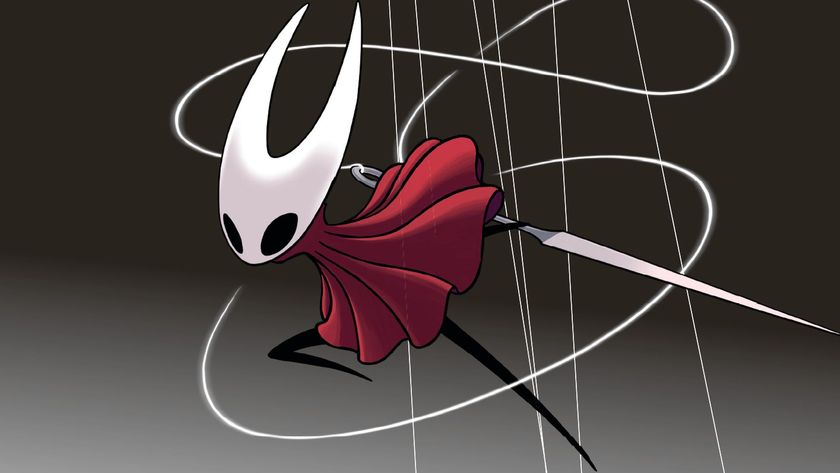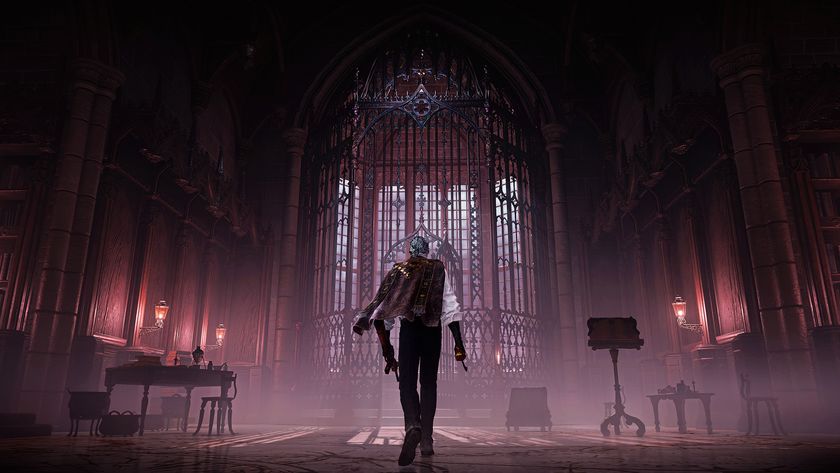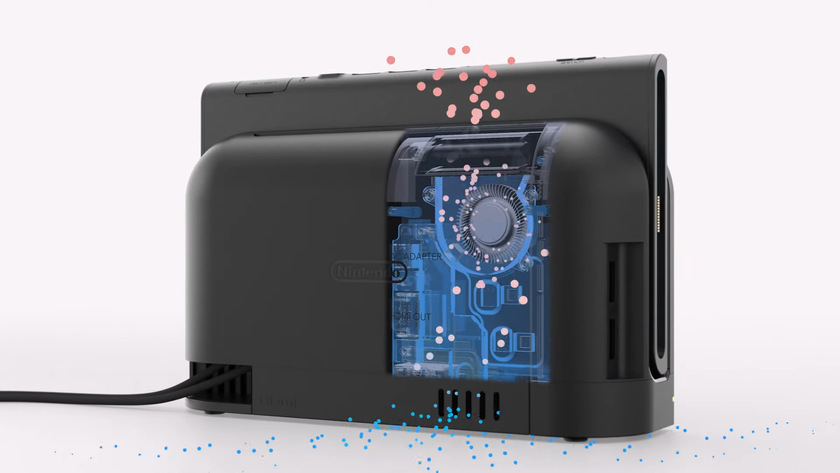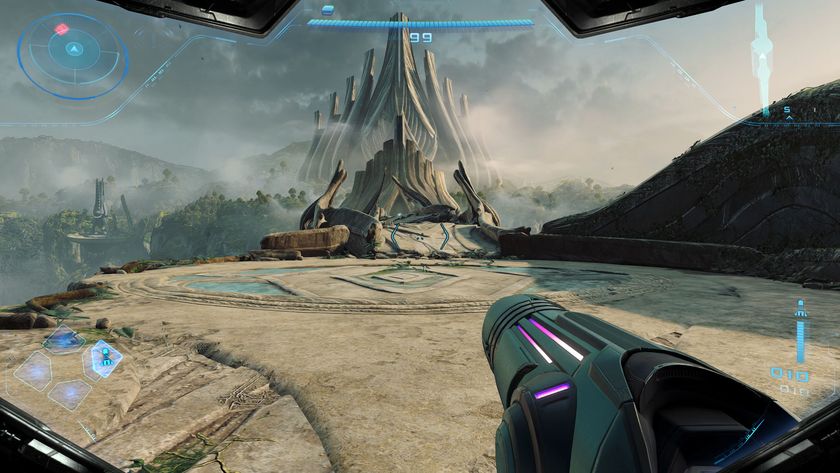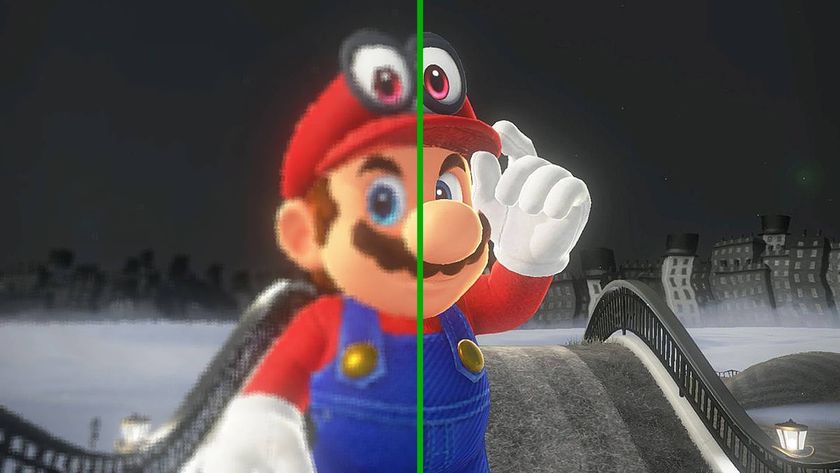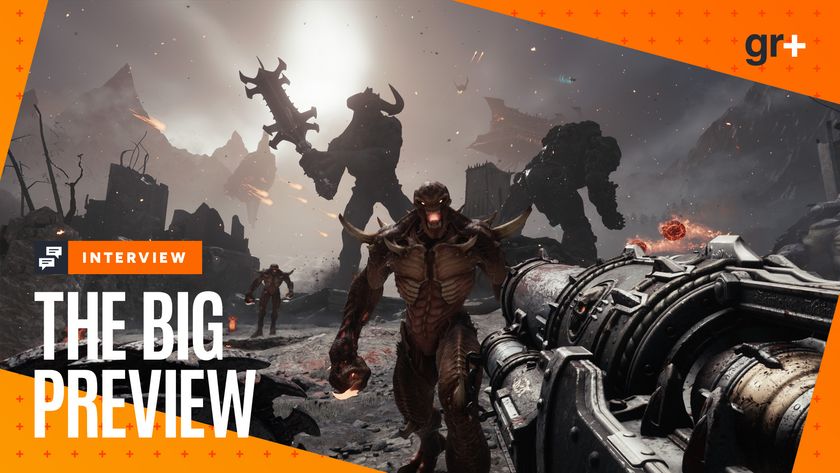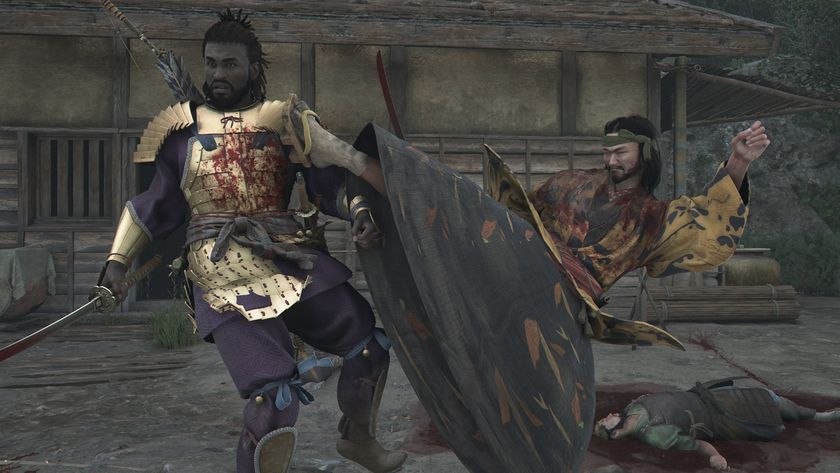Deus Ex: Human Revolution hands-on preview
Worry no more - this is no dumb or simple shooter
The Deus Ex series, perhaps more than anything else, is known for the choices it gives you. Previous entries let you go guns blazing, or take a stealthy approach, or focus on other less easily defined strategies. After playing the several hours of Human Revolution, we can say without a doubt that the series' core tenet has been upheld. We can't say yet if it remains as complex as previous incarnations, since we've only had a taste of what it offers, and we've only seen a fraction of the skills that can be unlocked.
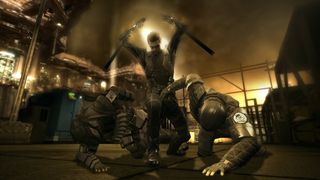
Above: If thefuture allows us to have weirdrectangularblades in our elbows, sign us up
Before we get into the specifics about what we played, though, we'll talk just a bit about some interesting bits of info we've learned about the scope of the game as a whole. The choices available to the player will be built up around four main “pillars” known as Combat, Stealth, Hacking, and Social. You're never stuck to anything resembling a class, though, and can swap freely amongst all four pillars as you see fit. Your strengths in each area, as expected, will be determined by what skills you purchase, so if you upgrade only stealth oriented abilities, it just means that going all Rambo will simply be more challenging (but not impossible), and you can still use your stealth advantages to get you in and out of face-to-face combat, or from cover to cover.
The game is designed all around choice, which means every area has multiple pathways to take to your destination and the overall progression of the story can lead to multiple endings. There will be thousands of NPCs to encounter and interact with, and all of them will have something to say about the world or your character or the events happening around them. The inventory takes a cue from Resident Evil 4 and features a grid where you can compulsively arrange items to get them to fit just right. The skill trees, from what we saw, are vast and complex. So in everything you do, you will have choices, providing you with the playstyle you want, and likely plenty of replay value.
Right away Human Revolution’s visuals impressed us: walking through a futuristic laboratory, simply the density of objects in the world was astounding. Typically in a shooter or RPG you’ll see a few computers and a couple of generic “science” objects such as microscopes and beakers, but here we saw every conceivable item laid out as if it were a real, working laboratory. This may seem like a trivial detail, but for immersing you in this near-future world, it works beautifully. We looked around and said, “Now that’s what the world really would be like,” and instantly realized how empty most game worlds actually are.
After a raid by mysterious attackers that left our hero broken and battered, we found ourselves outfitted with cybernetic implants, and in a clever explanation of standard game tropes, we now had a proper HUD. Of course, fitting with the tiny details we already encountered, our HUD wasn’t quite calibrated properly yet and so had some errors that needed working out. We also learned that in this near-future setting, cybernetic augmentations are just starting to get adopted, so there’s a resistance movement against it. When you’re amongst fellow “augs” everything is hunky-dory, but outside you’ll encounter a lot of people who will show prejudice against “your kind.”
Indeed, the first mission’s central hook is that some terrorists are holding hostages for some vague objective, but their philosophy is extremely anti-aug. It’s also here that we saw our first taste of major choice: we could go in guns blazing or take the stealthy approach, and we could choose between lethal or nonlethal weaponry. Then, we could choose between close or long range, so if we chose lethal we could take either a rifle or a shotgun, and if we chose nonlethal we could go with a tranquilizer rifle or a stun gun. It’s a big choice, because whatever you pick will be what you carry further into the game until you find something else. We played the opening mission twice so we could get a feel for both types of gameplay.
Sign up to the 12DOVE Newsletter
Weekly digests, tales from the communities you love, and more
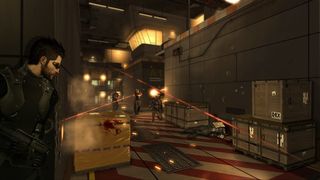
Above: Looks slightly dangerous
First we went pure stealth with a tranq rifle, and we chose the stealthier path into the building, which involved sneaking along the roof and a bit of puzzle solving to get around some downed power lines that had electrified a pool of water. We proceeded to sneak through many corridors and vents, occasionally taking out guards with nasty take-down moves that have quite a few animations of choking, limb-breaking, and plain-old head-punching. But each take-down costs an entire battery of your energy, which regenerates slowly, so you can’t just creep up behind every guy and knock him out. We spent most of the level sneaking around guys instead of taking them on.
The second time we tackled the mission we went with an assault rifle and went along the ground route, blasting fools left and right. It created a very different experience from all the quiet sneaking, although you still have to be a bit sneaky to get the drop on guys and not just trundle into a room full of dudes and get pumped full of holes (since this is not strictly a shooter). Either path leads to a standoff with the leader of the terrorists, who has taken a poor woman as a human shield. What follows is a pretty cool negotiation where you have a number of tiered choices for how to deal with the man, including sympathy, antagonism, and reason. The interface is helpful in that each dialogue choice shows you exactly what words you’ll say and categorizes them as “antagonize” or whatever. After we explored different outcomes that we won’t spoil, we got to enter the game’s first hub world, which is a series of streets and buildings, all of which have secrets to uncover.

